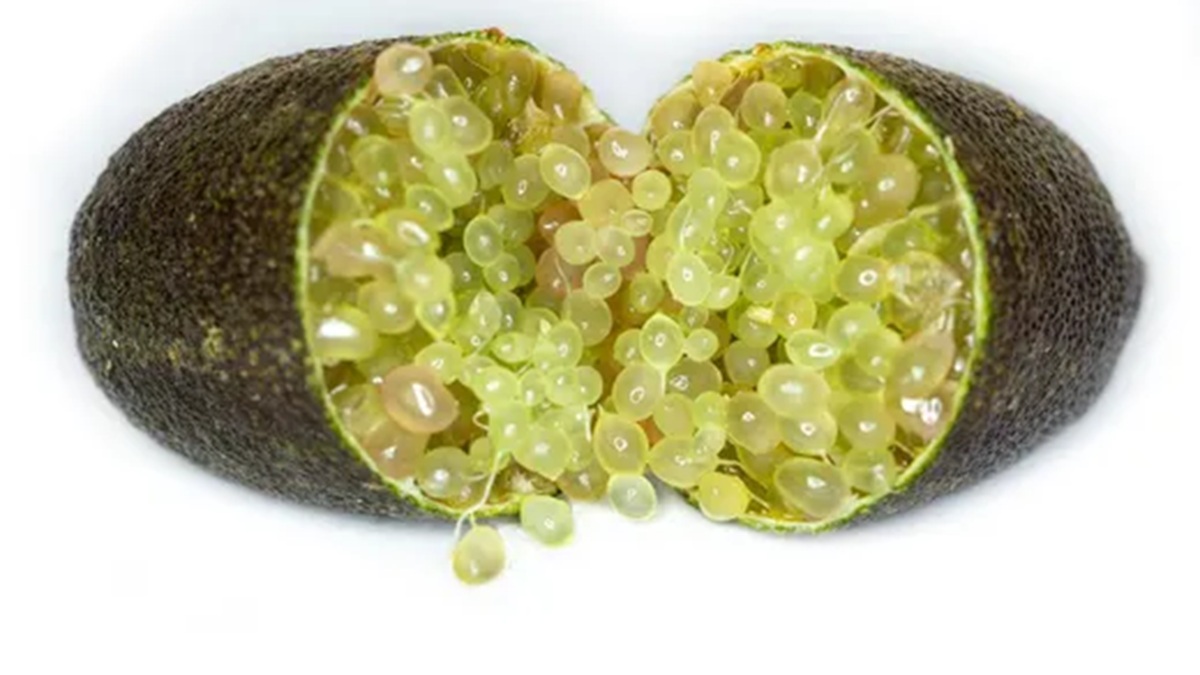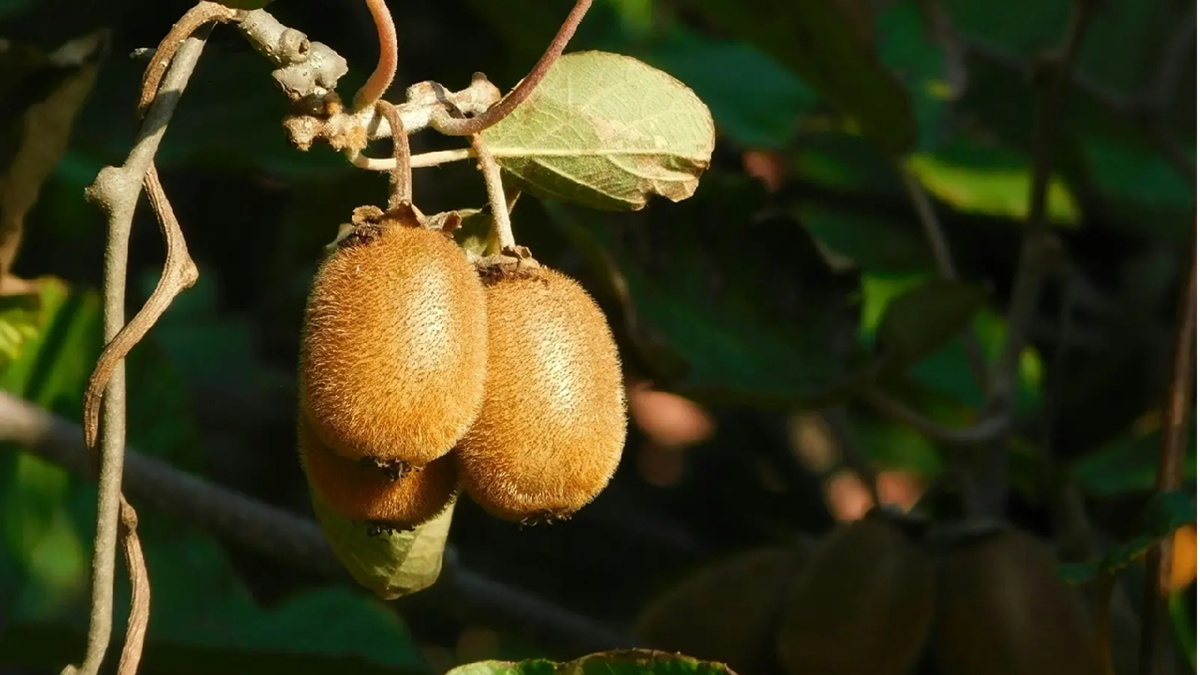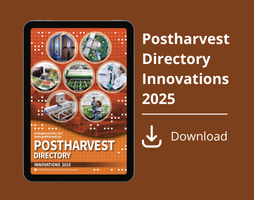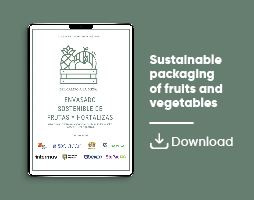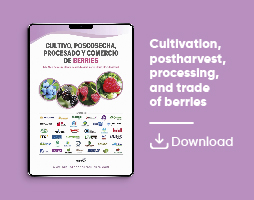News
Silencing a Single Gene Component Drastically Extends Postharvest Life of Ethylene-Insensitive Flowers
A breakthrough in molecular biology could revolutionize the postharvest life of cut flowers and potted plants, particularly those unresponsive to traditional ethylene-inhibitors. A recent review by Michael S. Reid and Cai-Zhong Jiang details how targeted gene silencing of a component of the 26S proteasome can lead to a dramatic extension of flower longevity. This discovery indicates that specific protein degradation is a critical, yet previously unexploited, control point for floral senescence
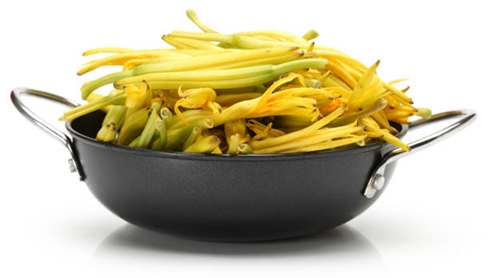
The research points to senescence as an active, genetically programmed process (programmed cell death). While previous molecular analysis focused on regulatory genes, the current work highlights the potential of disrupting protein degradation.The Molecular Breakthrough:The most promising result involves silencing a component of the 26S proteasome.
The 26S proteasome controls targeted protein degradation, and its disruption—specifically through the PBB2 gene—delays senescence. This strategy is particularly valuable for ethylene-insensitive ephemeral flowers, where the standard 1-MCP treatment offers no benefit. This approach could serve as a model for future transgenic strategies aimed at shelf-life extension.
The Conventional Toolkit: Temperature and Chemistry
Despite molecular advances, the review stresses that temperature control and chemical treatments remain the most crucial technologies for the global supply chain, which often involves transit times of up to three weeks:
- Cooling is Key. Vase life is inversely correlated with respiration rate. Forced-air cooling for cut flowers and vacuum cooling for potted plants are essential to reach the optimal storage point, though tropical ornamentals must be kept above to avoid chilling injury.
- Chemical Innovations. New strategies include using the non-metabolized cytokinin Thidiazuron (TDZ)* to delay leaf yellowing, and treating floral tissues with low concentrations of hypochlorite as an effective new tactic for inhibiting the growth of Botrytis cinerea.
- Ethylene Management. Pretreatment with methylcyclopropene 1-MCP remains the established standard for preventing senescence and abscission in ethylene-sensitive crops.
Molecular Revolution: Silencing the Senescence Switch
Senescence, a programmed cell death (PCD) process, is the primary driver of a flower's short vase life. While past molecular efforts focused on regulatory genes like transcription factors, the new research successfully interrupted a fundamental cellular mechanism.
The 26S Proteasome: A New Target
The 26S proteasome acts as the cell's sophisticated "garbage disposal" system, selectively destroying proteins required for normal turnover, stress response, and, critically, programmed cell death.
- The Gene. Researchers achieved a dramatic extension of longevity by silencing the PBB2 gene, a key component of the 26S proteasome complex.
- The Mechanism. Disrupting the PBB2-mediated degradation process effectively delays the programmed death signals, putting the flower's natural aging process on hold.
Game-Changer for Ethylene-Insensitive Crops
This genetic strategy is particularly vital for ethylene-insensitive ephemeral flowers—a large group of high-value crops (such as lilies and some orchids) that do not respond to the industry standard ethylene-blocker, 1-methylcyclopropene (1-MCP). The new approach offers the first effective molecular tool for these challenging varieties, setting a model for future transgenic strategies aimed at shelf-life extension.
Current Best Practices: The Pillars of Postharvest Care
While the molecular strategies promise the future of the industry, the review stresses that meticulous application of traditional technologies remains paramount for managing the complex global supply chain, where transit times can reach three weeks.
1. Temperature Control: The Respiration Equation
The life of a flower is inversely correlated with its respiration rate. Maintaining a cold chain is the single most critical factor.
- Optimal Cooling: Forced-air cooling for cut flowers and vacuum cooling for potted plants are essential for reaching the optimal temperature (near 0ºC for most species).
- Warning. Tropical ornamentals (like ginger and heliconias) must be stored above 10ºC to avoid immediate chilling injury.
- Next-Gen Monitoring. New logistics solutions are employing mathematical models of respiration rate and senescence, programmed into Active RFID tags, to monitor the exact temperature history of shipments and predict the remaining vase life for wholesalers.
2. Chemical Innovations and Water Management
Modern chemical and physiological treatments are vital for fighting key threats to postharvest quality.
- Leaf Yellowing. The non-metabolized cytokinin, Thidiazuron (TDZ)* is highly effective at delaying the yellowing and drop of leaves.
- Botrytis spp Control. Treating floral tissues with low concentrations of hypochlorite is a new, effective tactic for inhibiting the growth of Botrytis cinerea (gray mold), a major disease threat.
- Rehydration. New studies confirm that techniques like using low-pH solutions, anionic detergents, and high-pressure deep-water soaks are key to overcoming xylem blockages caused by air emboli, microorganisms, and physiological plugs in the stem.
Future Focus: Breeding for Longevity
The authors emphasize that the future of the ornamental industry will be defined by the integration of these findings. The focus will shift to genomic-assisted and molecular breeding to develop new varieties with high postharvest performance naturally integrated into the plant's genetics.
"The goal is simple: to secure product quality, reduce losses in destination markets, and build stronger brands by making quality last," the review concludes, pointing toward a future where a bouquet's beauty is extended not by chemicals alone, but by a deeper understanding of its own genetic clock.
*Thidiazuron is not an allowed substance in the European Union
Reference
Reid, M. S., & Jiang, C.-Z. (2012). Postharvest biology and technology of cut flowers and potted plants. In J. Janick (Ed.), Horticultural reviews (Vol. 40, pp. 1–39). Wiley-Blackwell



